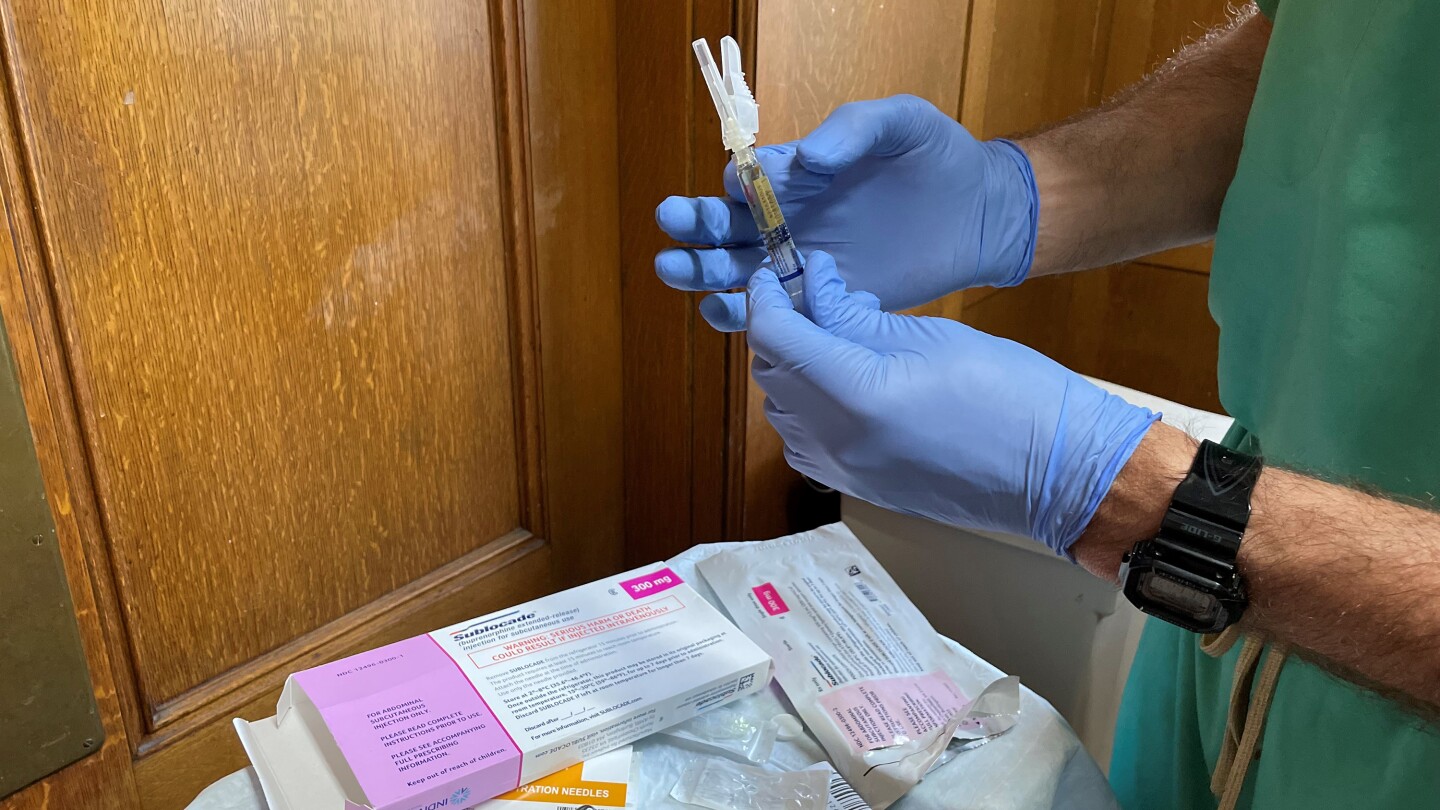Opioid Epidemic Resource Guide
The Opioid Epidemic Resource Guide is an essential resource that local and state government agencies are working to combat through prevention, treatment, and enforcement strategies. The epidemic has devastating effects on communities, requiring a coordinated response to reduce overdose deaths, support recovery, and hold accountable those responsible for illegal distribution. We’ve included tools like an interactive map of drug overdose deaths and a fentanyl overdose primer for medics. There are grant leads, news, and insights into topics like the public bathrooms crisis and strategies to increase treatment, intervention, and education.
Recruitment, the opioid epidemic, climate change and mental health challenges are just as significant for public safety now as they were in the heat of the campaign
Once a patient is given the drug, the Seattle Fire Department’s Health 99 team — firefighters and case workers dedicated to overdose calls — steps in to connect patients with services such as treatment centers
San Francisco Police Department leaders and city officials expect to launch the task force in the spring of 2024 to investigate opioid deaths and illicit drug operations as potential homicide cases
Few, if any, people who lost children, spouses and other loved ones stand to receive any compensation from the opioid lawsuit settlements.
Users can search based on the type of treatment sought — such as inpatient, detox or telemedicine — by payment option and whether the treatment is medication-assisted.
Local prescription drug disposal locations are now available in Google Maps and appear in search results. More data is needed from states and public health bodies.
Integrated public safety and public health data platforms can address challenges like the opioid crisis and speed community safety.
An ICMA 2018 session on opioid interventions shared rural, urban and regional diversion program information and offered key takeaways about the role of data.
Data from states like Vermont confirms that MAT for opioid abuse disorder increased under Medicaid expansion.
The cloud-based PDMP platform integrates with electronic health records, and uses machine learning to create single records to track opioid prescriptions.
Find out how Johnson County is using cloud-based data to address recidivism and increase access to public health services.
‘Women with PTSD’ has been called a silent epidemic. If left untreated, it can lead to mental and physical illnesses and opioid abuse. Learn about treatments and community intervention opportunities.
One tech startup is looking for five cities to test how wastewater can reveal opioid abuse data on a neighborhood level.
The Stepping Up Initiative puts law enforcement in contact with local resources that can assist in the education and rehabilitation of inmates with mental health illnesses, including substance abuse, to help pave the way to lower recidivism rates.
Doctors are prescribing gabapentin more often because of its non-addictive properties, but law enforcement and drug rehabilitation programs are finding signs of abuse that exacerbate opioid abuse.
Philadelphia is talking to potential operators of a safe injection site for IV drug users as a way to reduce opioid overdose deaths, but there are many legal and social questions.
Carfentanil has become a key topic for health officials and law enforcement who work to combat this synthetic opioid’s responsibility for addiction and death that continues to rise.
Data on VA opioid prescriptions will be updated twice per year.
To fight the opioid epidemic, the HHS opioid code-a-thon produced opioid apps that present first responders, law enforcement and physicians with new hope.




















